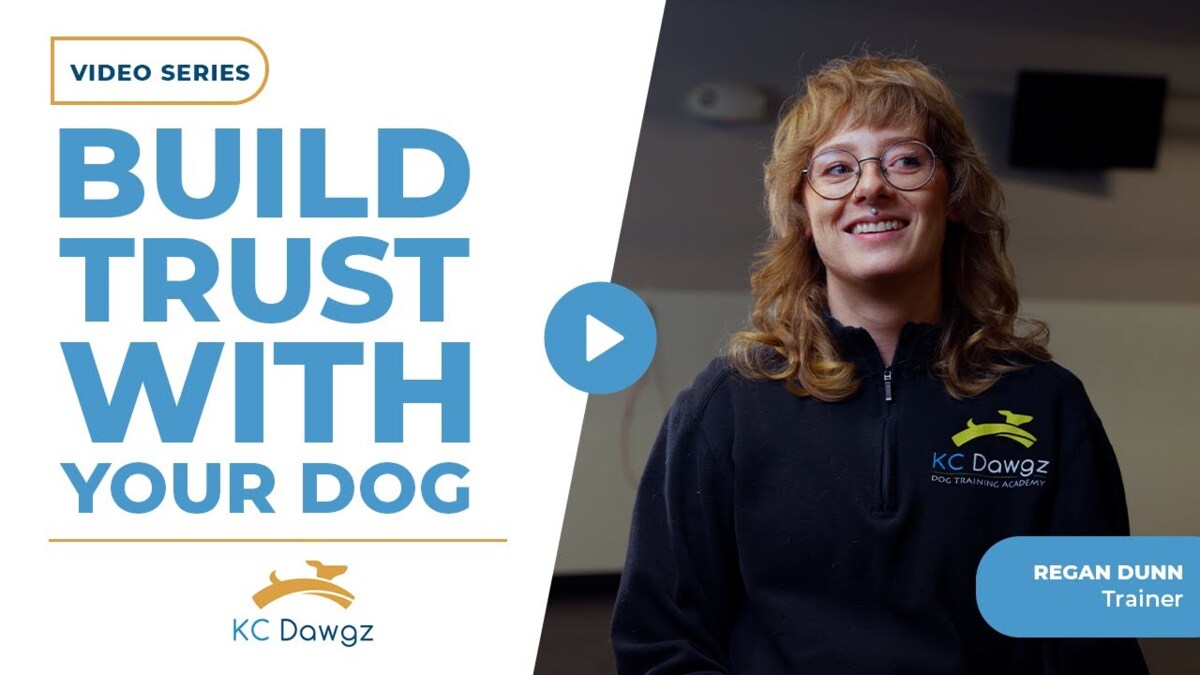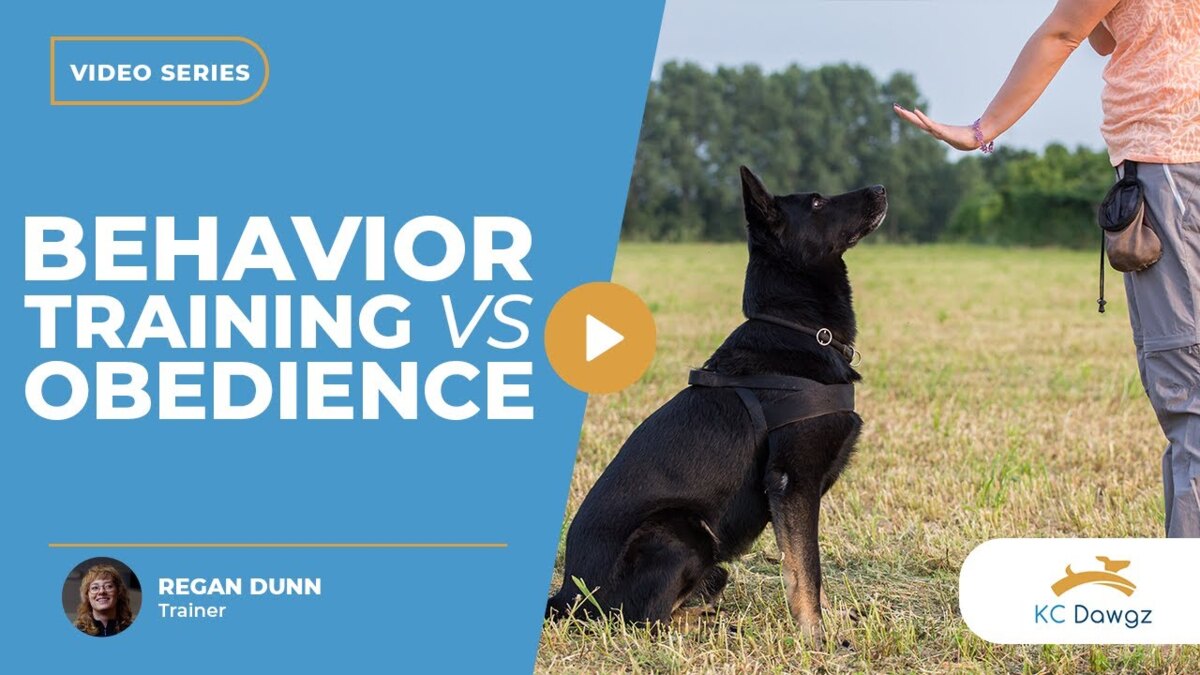Who says a big dog can’t be a small dog’s best friend? Training a big dog to be gentle with a smaller counterpart can seem challenging, especially if the big guy has a natural instinct to chase. However, with the right approach and a bit of patience, even the most boisterous large dog can learn to play nicely with their tinier pals. Ready to turn your big dog’s boisterous energy into gentle playfulness? Here’s a comprehensive guide to nurturing gentleness in your big dog, ensuring all your furry friends live together in harmony.
Steps to Train a Big Dog to be Gentle with a Small Dog
Training a big dog to be gentle with a small dog involves several key steps that need to be followed carefully. First, it’s important to create a controlled environment where both dogs feel safe and unthreatened. Next, teaching the big dog to ignore the small dog initially is crucial to prevent any aggressive or overly excited behavior. Gradually, you can introduce the dogs more closely while continuously rewarding calm and gentle interactions.
Understanding Large Dog Temperament
The first step in training a big dog to be gentle with a small dog is understanding the temperament of the larger dog. Large dogs often have different drives and instincts, which can influence how they react to smaller dogs. For example, breeds with a high prey drive may be more inclined to chase smaller animals. Recognizing these tendencies is crucial in setting up a successful training plan.
Initial Training: Ignoring Small Dogs
When starting the training process, our primary goal is to teach the larger dog to ignore the small dog. This means we need to ensure the big dog understands that chasing, staring, or fixating on the smaller dog is not acceptable behavior. Here’s how to begin:
- Create a Controlled Environment: Start in a neutral and controlled environment where both dogs can feel safe and unthreatened.
- Use Leashes: Keep both dogs on leashes to maintain control over their interactions.
- Teach the “Ignore” Command: Use treats or gentle petting to reward the large dog when it looks away from the small dog. This reinforces the idea that ignoring the small dog leads to positive outcomes.
Progressing the Training: Closer Introductions
Once we have established a consistent behavior of the large dog ignoring the small dog, we can start to introduce them more closely. This should be done gradually and with great caution to avoid any negative incidents.
- Slowly Decrease Distance: Gradually bring the dogs closer together while continuing to reward the large dog for calm and non-reactive behavior.
- Monitor Body Language: Watch for signs of stress or aggression in both dogs. If either dog shows discomfort, increase the distance again and proceed more slowly.
- Short Sessions: Keep the initial interactions brief to prevent any overwhelming feelings.
Shifting Focus: Using Positive Reinforcements
As we move forward with the training, it’s important to shift the larger dog’s focus away from the smaller dog using positive reinforcements. This can help break any fixation the large dog may develop.
- Use Low-Value Rewards: Instead of high-value toys or chase items, use treats or gentle petting to redirect the dog’s attention.
- Call Back Command: Teach the large dog to come back to you when called. This can be a useful tool to interrupt any unwanted focus on the small dog.
- Consistent Rewards: Always reward the large dog for calm and gentle behavior towards the small dog. Consistency is key to reinforcing positive actions.
Setting Up for Success
It’s crucial to ensure that all interactions are set up for success. Here are some additional tips to keep in mind:
- Regular Training Sessions: Consistency is vital. Regular, short training sessions can help reinforce the desired behaviors.
- Avoid High-Stress Situations: Ensure that the initial interactions do not occur in high-stress environments that could trigger anxiety or aggression.
- Supervise Interactions: Always supervise interactions between the large and small dog until you are confident that they can coexist peacefully without supervision.
In Summary
Training a big dog to be gentle with a small dog requires patience, understanding, and consistent effort. By focusing on ignoring, gradual introductions, and positive reinforcement, we can create a peaceful and friendly relationship between dogs of different sizes. Remember, the key to success is setting up a controlled and supportive environment for both dogs.
If you have any concerns or need professional guidance, contact us. We’re here to help you and your furry friends achieve a harmonious home.




